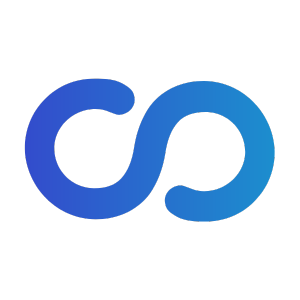Why Marketers Must Make the Switch to Privacy-Safe Real World Data for Targeting
Swoop’s Chief Revenue Officer and Lauren Jacobson, Group Director, Performance Acceleration at Initiative, discuss how to successfully reach a targeted audience using real world data.
The pharmaceutical marketing industry is at a crossroads. Legacy targeting methods including demographic and clickstream data have been depreciated by recent privacy-driven announcements from Apple, Google, and Facebook. The inability to track patients online has created a barrier between brands and their ideal audiences, making it more difficult to deliver a message that might empower patients to take charge of their health journey. However, despite a whirlwind of seemingly negative changes, an opportunity to target more effectively has emerged.
As Scott explains, Swoop has an extensive privacy-safe database of health records for more than 300 million de-identified patient journeys going back a decade. AI is used to create custom audience segments for clients based on this real world data (RWD) universe; each segment is completely tailored for each brand and can include a range of criteria.
This level of specificity is necessary because simply targeting a patient with lung cancer, for instance, falls short. Instead, agencies must go deeper and understand the audience’s exact diagnosis by ICD-10 or ICD-9 code. “The more information, the better, because that gives companies like Swoop all that they need to build the perfect audience,” Lauren shares. Ultimately, patients are highly informed, “always on” technologically and act as the CEOs of their own care – so if a message doesn’t resonate, they won’t convert.
Although niche patient groups are being targeted based on sensitive health data, it’s possible to maintain privacy-safety. To avoid potential risk, marketers must work with a company that is accredited by the Network Advertising Initiative (NAI). The NAI is a self-regulated industry trade consortium with strict online data protection guidelines created by industry for industry.
Addinally, Swoop’s segments go through a process called K-anonymity, a scientific way to guarantee patients cannot be re-identified. To achieve this, the audience quality (AQ) score of any segment should not be greater than 50%. This ensures patient protection and is still much denser than anything achievable with “spray and pray” targeting. For instance, while only 2% of the population may have a condition, Swoop can build an audience with a 30-50% likelihood of a diagnosis. Not only does this maximize budgets, but it also enables more relevant messaging to reach the right people.
These audiences can be activated across channels including linear TV, CTV, digital and radio, allowing marketers to plan better and optimize spend based on performance. “We can’t get to measurement without targeting the right people,” says Lauren, who adds that marketers must ensure that cookies (or any other clickstream targeting method) “are not a piece of the measurement puzzle.”
Aside from targeting the right patients, reaching HCPs is critical – especially considering current challenges with personal promotion. An added benefit of building custom audiences for specific patients is that it’s also possible to uncover their treating physicians. By giving marketers access to both key audiences, Swoop enables the creation of a full end-to-end campaign, all but guaranteeing script lift.

